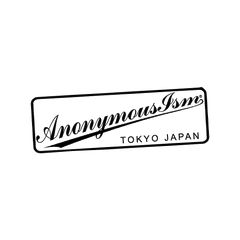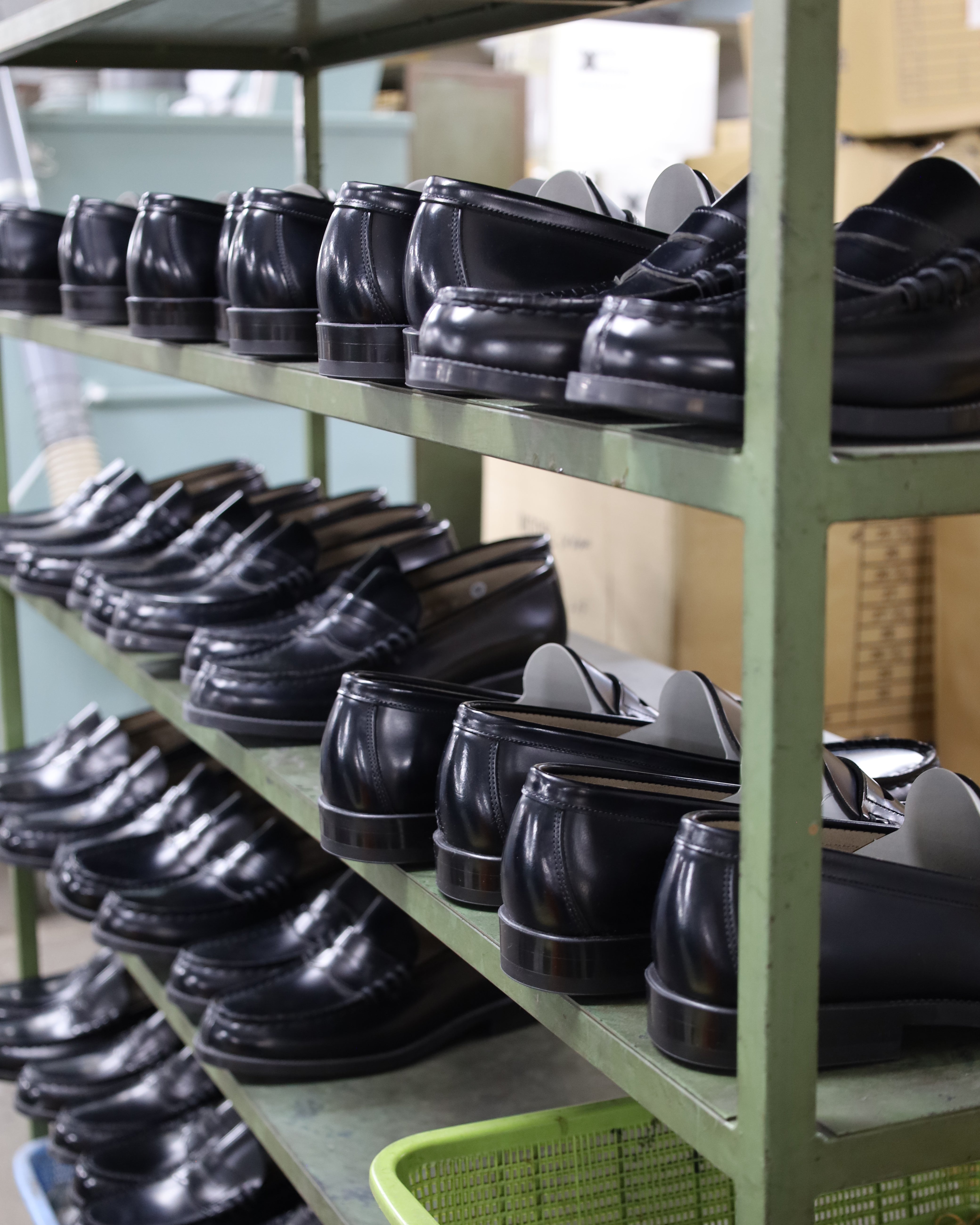Today, I’d like to share about my visit to one of HARUTA’s factories during my last buying trip.
HARUTA operates several factories, and among them is one of their older facilities located in Tokyo. That’s the one I had the chance to tour.
When I observed the production line, the first thing that stood out was how each piece of leather is carefully inspected by eye to check for any scratches or flaws before being cut into shape.

With synthetic leather or garment fabrics, it’s often possible to stack multiple layers and cut them all at once. But since they work with natural leather, they have to examine each piece individually to check both for damage and to decide exactly where to cut. It’s a process that simply can’t be sped up.

After this, the edges of each part are finished, and the thickness of the leather is adjusted depending on the section.

Once these parts are sewn together into the shape of a shoe, they move along a conveyor belt to where the soles are attached.
The speed of the conveyor belt was noticeably slow, which gave me a clear sense of HARUTA’s dedication to careful craftsmanship. Rather than increasing the line speed to produce more volume, it was obvious they chose to take their time and focus on each individual item.

At one point, I noticed a pile of soles set aside rather haphazardly. The staff seemed slightly embarrassed by it, but they explained these were soles removed from shoes that had failed to meet their internal quality standards. Seeing this further highlighted their strict inspection process and commitment to quality—principles that have supported HARUTA’s long history and earned the trust they enjoy today.

I also heard an interesting story about their shoe lasts. When they receive feedback about fit and comfort, they don’t simply replace the lasts outright. Instead, skilled craftsmen make subtle adjustments by hand, fine-tuning the existing forms. This approach to valuing and carefully refining what they already have is another glimpse into HARUTA’s dedication to maintaining both quality and cost stability.

For me, HARUTA shoes have always been such a familiar presence that I never really evaluated them from a fashion perspective. But after taking a closer look at the products themselves—and digging deeper into how they’re made—I rediscovered their comfortable fit, beautiful form, and the heartfelt craftsmanship behind them.
I hope you’ll have the chance to pick up a pair of HARUTA shoes yourself and experience that quality firsthand.
Check : HARUTA collection

Old Haruta Poster at the factory.



